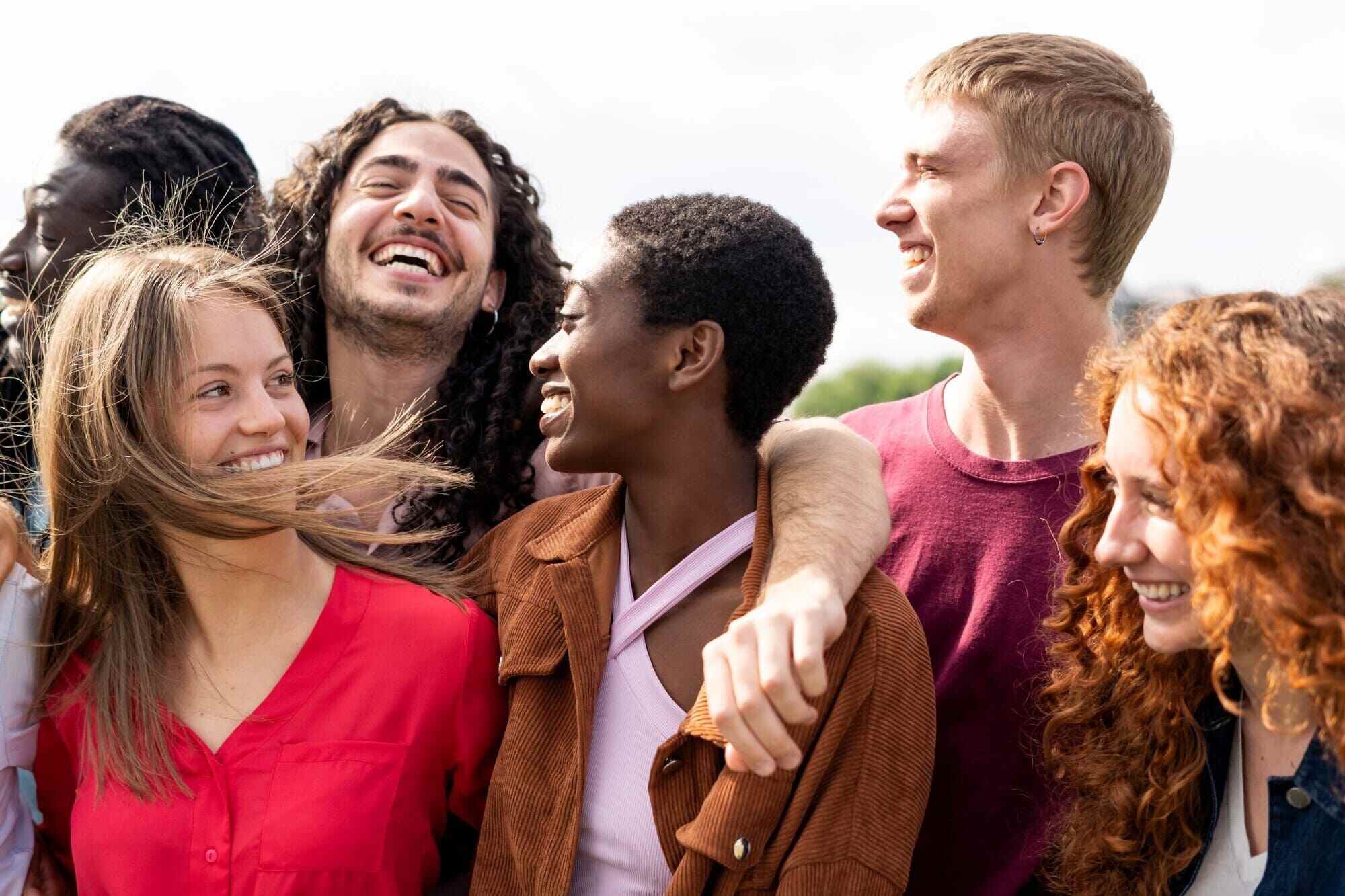Secondary Trauma Effects on Children
It is common for adults of any age to seek help when dealing with mental illness and trauma. Friends can be a great outlet, and licensed therapists provide a safe space to work through traumatic events and their lasting effects.
However, they are usually not the only people who hear and are affected by a trauma victim’s story. Children often inadvertently experience the behavioral effects that trauma has on their parents.
In other words, children of parents who have Post-Traumatic Stress Disorder (PTSD) can eventually feel the emotional trauma even though they did not personally experience the traumatic event. Some physicians refer to this condition as secondary PTSD, but it is also called vicarious trauma, secondary trauma, and compassion fatigue.
What Causes a Child to Have Secondary Trauma?
Genetics
There are two ways a parent can “pass on” trauma reactions or PTSD to their child. First, children can inherit secondary trauma in the most literal sense – in their DNA.
Though the theory is in its infancy, research done in the last few years has proven that Post-Traumatic Stress Disorder can be passed down from a victim of trauma to the next generation (and possibly many generations after that).
According to a study done by the University of California – Los Angeles Health Services in 2018, “Severe childhood trauma and stresses early in parents’ lives are linked to higher rates of behavior health problems in their own children.”
The direct examples of childhood hardships experienced by the parents in this study included:
- divorce or separation of parents
- death of or estrangement from a parent
- emotional abuse
- physical abuse
- sexual abuse
- witnessing violence in the home
- exposure to substance abuse in the household
- parental mental illness
When the children of parents who lived through any of the above adverse experiences were studied, the results showed that these children were four times more likely to have mental health problems.
In addition, the study found that parents who survived childhood hardships like those mentioned above are more likely to report higher levels of aggravation and mental illness as parents.
Close Contact
While more research is being conducted on the theory of intergenerational transmission of trauma, the most common way a parent’s trauma affects their child is simply by being in close contact.
Situations arise where a child hears their parent talking about, mentally reliving, and showing symptoms of PTSD from a traumatic event so much that they start to mirror their parent’s trauma reactions.
For example, the feeling of re-experiencing a traumatic event comes up quickly and without warning. The rush of a memory can come from a sound, a picture, a smell, or no trigger at all.
Feelings of fear, grief, and anger often accompany these experiences, and they can be so real that the trauma victim really thinks the event is happening again. As hard as it is for a parent to re-experience their trauma, the episodes can be worrying and confusing to their children who witness.
This reliving of an event leads to another behavior that can be passed from a trauma victim to their child: avoidance. It is not unusual for people with PTSD to avoid thinking about the upsetting event that traumatized them.
To the person’s family, this can look like the parent no longer finds joy in things they used to, or chooses to avoid places and people that remind them of their trauma. The victim becomes angry and annoyed more easily and can experience aggressive mood swings.
To the person’s children in particular, this can feel like their parent no longer loves them. The National Center for PTSD commented, “When a family silences a child, or teaches him to not talk about disturbing events, thoughts, or feelings, the child’s anxiety gets worse.
He may start to worry about causing the parent’s symptoms if he talks about the trauma.”
Finally, people with trauma tend to build a numbness to traumatic details in stories and everyday life. It’s common for parents with PTSD to over-share or tell their children details about their trauma.
They unknowingly introduce words and mental images to their child that scar them.
This is how the effects of trauma can be passed from a parent with PTSD to their child, causing secondary trauma. While it is important for parents whose lives are changed from their trauma to talk through this with their children, the amount of detail should depend on a child’s age and maturity level.
What Are the Signs of Secondary Trauma in Teens and Young Adults?
The first step to helping your teen or young adult through secondary trauma is to identify the signs that appear emotionally, physically, and psychologically. Symptoms of secondary trauma look similar to those of someone who was traumatized firsthand.
Changes in physical and emotional reaction, intrusive memories, increased anger and negative changes in thinking are all signs of PTSD, and can appear in both the trauma victim and their child. Signs of trauma in teens and young adults can be identified as:
- stress
- decrease in appetite
- anxiety
- depression
- behavior problems
- substance use disorder
- physical health problems
Treating Secondary Trauma in Teens and Young Adults
Many resources exist to help victims of secondary PTSD deal with the trauma they’ve taken on from a parent. Once the above symptoms are identified in a child, those involved should work to find appropriate psychiatric help.
If substance use is a factor in the child’s trauma or a coping mechanism they have adopted, medical detox and rehabilitation may be appropriate. Mental illness usually goes hand in hand with victims of PTSD or secondary PTSD, so it is important to find a treatment program that works through all sides of the problem.
In any case, a family therapy approach can help the child heal while staying close to their parent and healing together. Treatment programs like those offered at Sandstone Care include the family in many aspects of the recovery process.
We believe that even in the toughest of times, it is important to recognize the value of family connections and parental support. Learn more about our family-focused treatment programs by clicking any of the links below:
Treatment Programs Available at Sandstone Care
Sandstone Care offers a full continuum of care with locations in Colorado, Virginia, and Maryland. If you or someone you know is struggling with substance abuse and mental health and would benefit from our state-of-the-art treatment services, Sandstone Care can help.
Please do not hesitate to reach out to our admissions team 7 days a week at (888) 850-1890.


Online Treatment Programs
Our virtual IOP program offers the same programming that we offer in person, all online – this is ideal for those who live too far to drive to an addiction center, have transportation issues, or have health concerns that make in-person treatment challenging.






